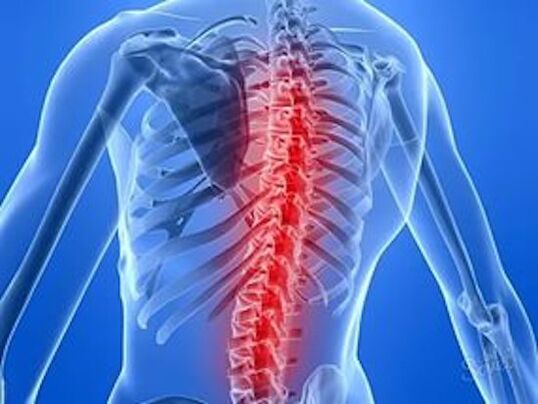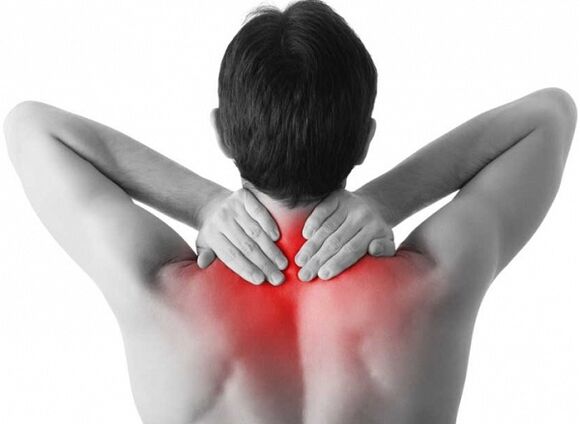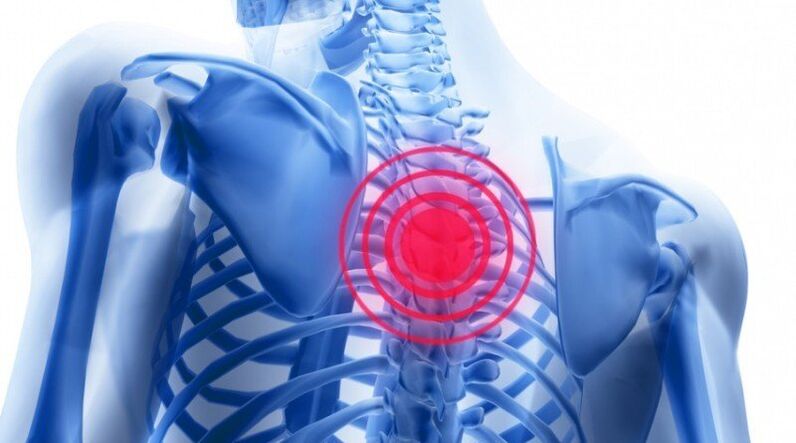More than 25% of the world's population and more than 50% of the working-age population suffer from back pain.Unfortunately, evolution does not ensure a comfortable life for people over the age of 35-40.The biomechanical structure of the spine makes the disappearance of back pain not an inevitable fact, but a happy (and unfortunately temporary) coincidence.Especially now, the average office worker's body has to sit in front of the computer for 8-12 hours continuously.But over millions of years of evolution in the wild, we have adapted to a completely different, more active lifestyle!

Can you treat spinal pain on your own?
Unfortunately, not everyone asks themselves this very right question.The answer is: Self-medication based on Internet information is extremely dangerous.This is a huge risk and can lead to disability.If we are talking about internal pain, such as back and spine pain, then it is especially not worth "diagnosing" yourself and "prescribing" treatment.Nerve endings in internal organs are located differently than on the surface of the skin.Inner pain can be difficult to place, and sometimes it may seem like one thing hurts, but the cause is actually something else.For example, back pain may be caused by cancer of the gastrointestinal tract.Another person describing pain very similar to yours in a forum or article may be caused by a completely different cause and require completely different treatment.
Yoram Anekstein, Tel Aviv Medical Center: "Very important advice: do not try to learn the names of spinal diseases, understand their causes, diagnosis, etc. Spondyloarthritis, glenohumeral peripathies, cervicobrachial pain - all these terms are useless to you. There are dozens of such diseases in medical university textbooks, even with various clarifications and modifiers. When a qualified doctor makes a diagnosis, you should learn and remember the name of your diagnosis." But not before."
Alarming symptoms
Unpleasant sensations occur most commonly in the cervical and lumbar spine, but chest pain is less common.It is under less pressure, so osteochondrosis, herniation, and disc herniation do not affect it as often.However, chest and chest and back pain are most likely caused by spinal problems.

Occasionally discomfort may occur, but it is usually not dangerous.If this is muscle pain (although it may not be the same as the pain in your arm muscles after hard work, and may feel more intense), then the cause is most likely overexertion from holding one position for too long or with too much load.If the pain goes away and does not return after changing positions or walking briefly, the problem is unlikely to be serious.Although there are some minor issues that need to be addressed, such as changing your usual posture, increasing physical activity, and doing physical exercises.Only a doctor can determine the severity of the problem.If there's even the slightest chance, then you should definitely see a doctor: it's always easier (and cheaper) to cure a disease in its early stages than in advanced cases.
What's really dangerous?The following are a series of "alarm signs" that require diagnosis and treatment to begin as soon as possible if even one of these signs occurs:
- The pain persists and changing position does not help; the pain does not decrease with rest; the pain worsens at night;
- Numbness (reduced sensitivity) or loss of strength in the limbs occurs;
- Problems with urinating and defecating (e.g., loss of sensation of emptying the bladder; urinary and fecal incontinence, or conversely, urinary retention; not to be confused with constipation);
- Temperature increases, but no other reason could explain this, such as ARVI;
- Pain can wake you up and interrupt your sleep;
- Complications following malignancy (irrespective of timeliness);
- unexplained weight loss;
- Complications develop after years of taking steroids;
- Complications following a recent serious illness;
- Complications following a recent infection;
- Loss of anal reflexes;
- Weakness in hips and knees;
- neurological deficit;
- progressive spinal deformity;
- Back pain becomes worse at rest;
- Chest pain (ACS - electrocardiogram);
- General malaise.
Note that you don't have to wait for everything to start.If at least one of these symptoms occurs, seek medical attention immediately.
Yoram Anekstein, Tel Aviv Medical Center: "The question often comes up: I made a doctor's appointment, but my back no longer hurts. Should I go or not? Definitely."
Articles on the Internet often try to describe what type of pain is characteristic of osteochondrosis, what type of pain is characteristic of sciatica, and so on.This is the wrong approach, for the reasons we explained above.No matter what type of pain it is: left side, right side, tailbone, everywhere, throbbing pain, lasting seconds, hours, days.All of these symptoms indicate the need for qualified medical attention.
causes of spinal pain
The most common cause is non-specific pain associated with muscle strains, overstretching of tendons, ligaments and fascia.

Less commonly, the pain is associated with a herniated disc affecting the nerve root (about 3% of cases).
Osteoporosis (including pathological fractures), infection (discitis), tumors, tuberculosis, trauma, and other rheumatic diseases cause pain much less frequently (about 1%).
Diseases of the internal organs can also cause back pain (such as pancreatic cancer, peptic ulcers, or acute coronary syndrome).
Degenerative changes are called osteochondrosis and consist of several components (reduced elasticity and strength of the disc material, reduced disc height, herniation, hernia, changes in the vertebral body (Modic I-III), ligaments (spondylosis), facet joints (spondyloarthrosis)) and are not directly related to pain and other clinical manifestations.
It should be understood that the group of spondylitis and spondyloarthritis alone includes more than 10 diseases with different causes, course characteristics, symptoms, etc.The number of diseases of the back and spine in particular is very high.But from the above description, you can understand for yourself that they are united by their seriousness.Back pain should not be ignored.Many of these diseases occur slowly and have long remission periods.But at the same time, with each acute stage, the risk of complications, up to complete loss of mobility, increases.

























